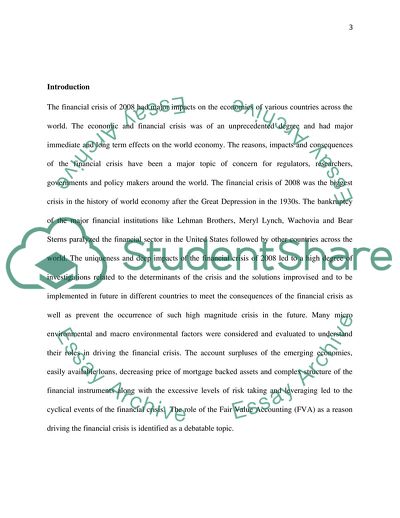Cite this document
(Fair value accounting Assignment Example | Topics and Well Written Essays - 2500 words, n.d.)
Fair value accounting Assignment Example | Topics and Well Written Essays - 2500 words. https://studentshare.org/finance-accounting/1820540-fair-value-accounting
Fair value accounting Assignment Example | Topics and Well Written Essays - 2500 words. https://studentshare.org/finance-accounting/1820540-fair-value-accounting
(Fair Value Accounting Assignment Example | Topics and Well Written Essays - 2500 Words)
Fair Value Accounting Assignment Example | Topics and Well Written Essays - 2500 Words. https://studentshare.org/finance-accounting/1820540-fair-value-accounting.
Fair Value Accounting Assignment Example | Topics and Well Written Essays - 2500 Words. https://studentshare.org/finance-accounting/1820540-fair-value-accounting.
“Fair Value Accounting Assignment Example | Topics and Well Written Essays - 2500 Words”. https://studentshare.org/finance-accounting/1820540-fair-value-accounting.


